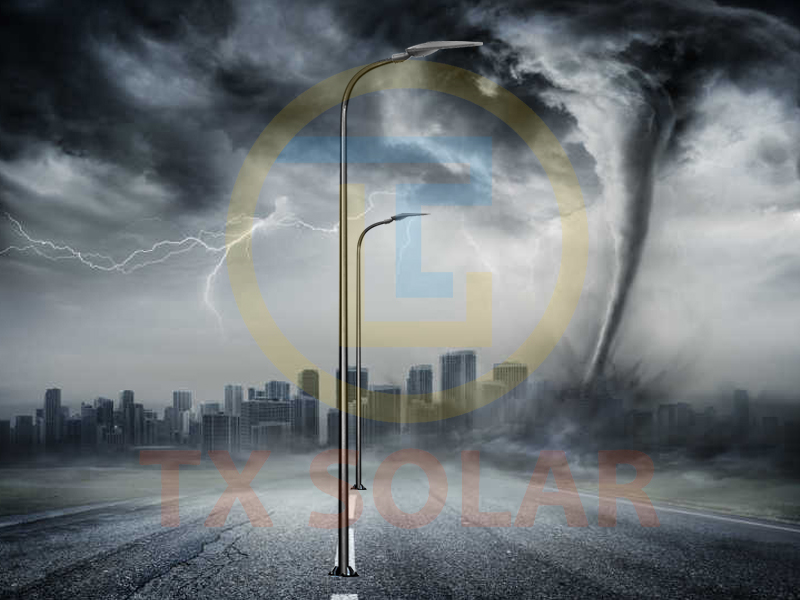Light poles play an important role in our daily lives, providing lighting to roads, parking lots, and public places. However, these towering structures are susceptible to wind vibration, creating safety hazards and resulting in costly maintenance and repairs. In this article, we will explore the effects of wind vibration on light poles and discuss strategies to avoid this effect.
Impact of wind vibration on light poles
The impact of wind vibration on light poles can be significant, especially in areas prone to high winds or extreme weather conditions. When exposed to strong wind gusts, light poles can sway and vibrate excessively, causing potential structural damage and compromised stability. Not only does this pose a safety risk to nearby pedestrians and motorists, it can also cause the light pole itself to malfunction.
One of the key factors causing wind-induced vibration of light poles is the design and construction of light poles. In many cases, light poles are designed to be thin and lightweight, which makes them more susceptible to the effects of wind. Additionally, the materials used in its structure (such as aluminum or steel) can also affect its response to wind loads.
How to avoid it?
To mitigate the impact of wind vibration on light poles, proactive measures must be taken during the design, installation, and maintenance phases. One of the most effective strategies is to utilize advanced engineering and analytical techniques to optimize the structural integrity of light poles. This may involve conducting wind tunnel testing and numerical simulations to assess its dynamic behavior and identify potential vulnerabilities.
In addition, the use of damping systems and vibration control devices helps reduce the impact of wind vibration on light poles. These can include tuned mass dampers, viscous dampers, and other passive and active systems specifically designed to counteract the dynamic forces exerted by wind.
In addition to design and construction, the installation location and environment of light poles can also affect their sensitivity to wind vibration. For example, light poles located in open areas or near tall buildings and structures are more likely to be affected by turbulent airflow and wind loading effects. Therefore, site-specific conditions and potential wind damage must be considered when selecting and installing light poles.
Regular maintenance and inspection of light poles are critical to identifying and addressing signs of wind vibration and structural damage. This may involve visual assessments, structural assessments and non-destructive testing methods to monitor the condition of the light poles and detect any anomalies or issues that could compromise their stability and safety.
Another important aspect to consider is using appropriate anchoring and foundation systems to secure light poles and minimize the effects of wind vibration. This includes selecting the appropriate foundation design, anchoring methods, and soil conditions to ensure the pole’s stability and ability to withstand wind forces.
In summary, the effects of wind vibration on light poles can have profound consequences for public safety, infrastructure integrity, and maintenance costs. By understanding the factors that contribute to wind-induced vibration and taking proactive steps to address these factors, we can mitigate the risks associated with light poles and ensure their long-term performance and reliability. By using advanced engineering techniques, vibration control devices, site-specific considerations, and regular maintenance, we can minimize the impact of wind vibration on light poles, ultimately improving the safety and functionality of the built environment.
Post time: Dec-21-2023

